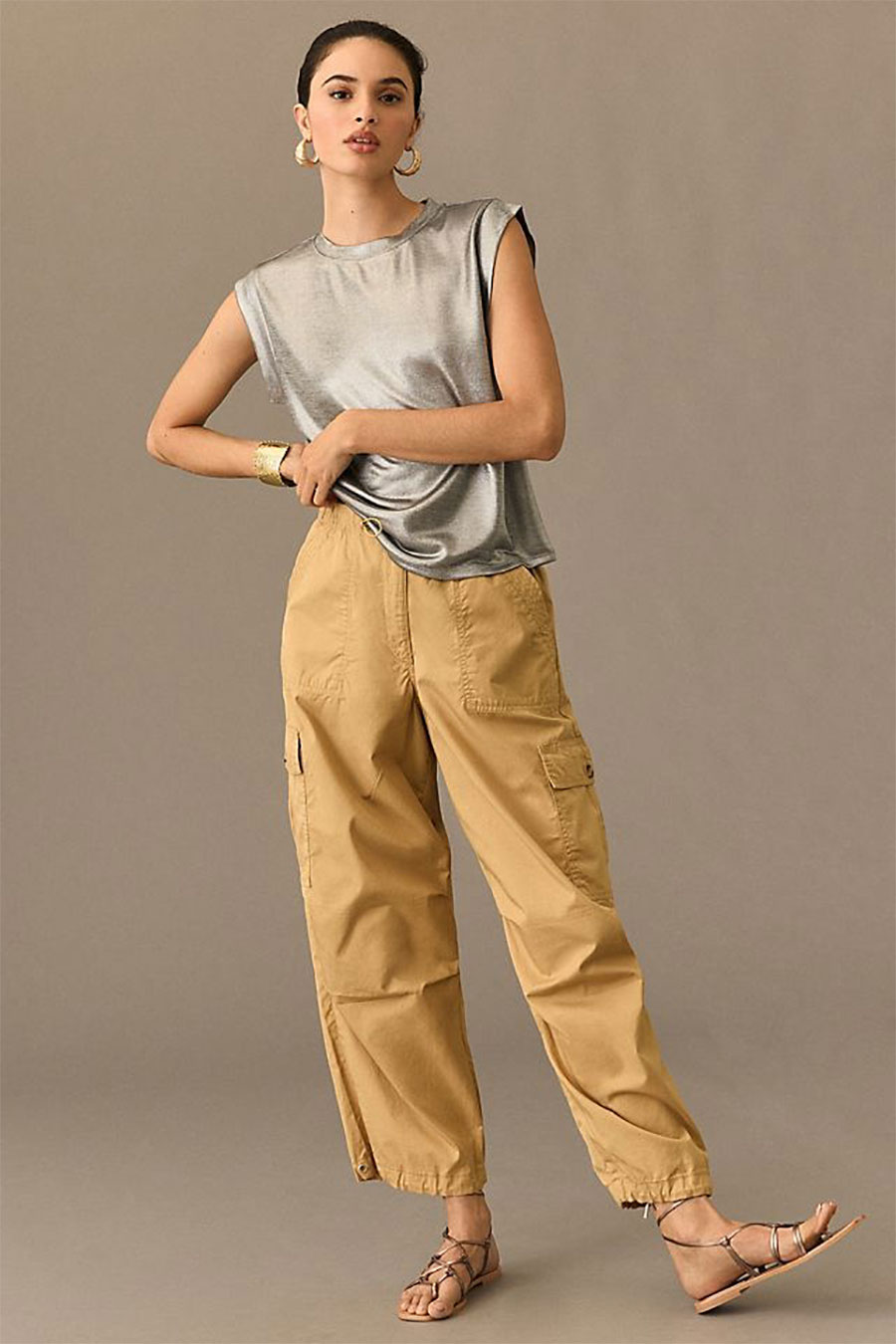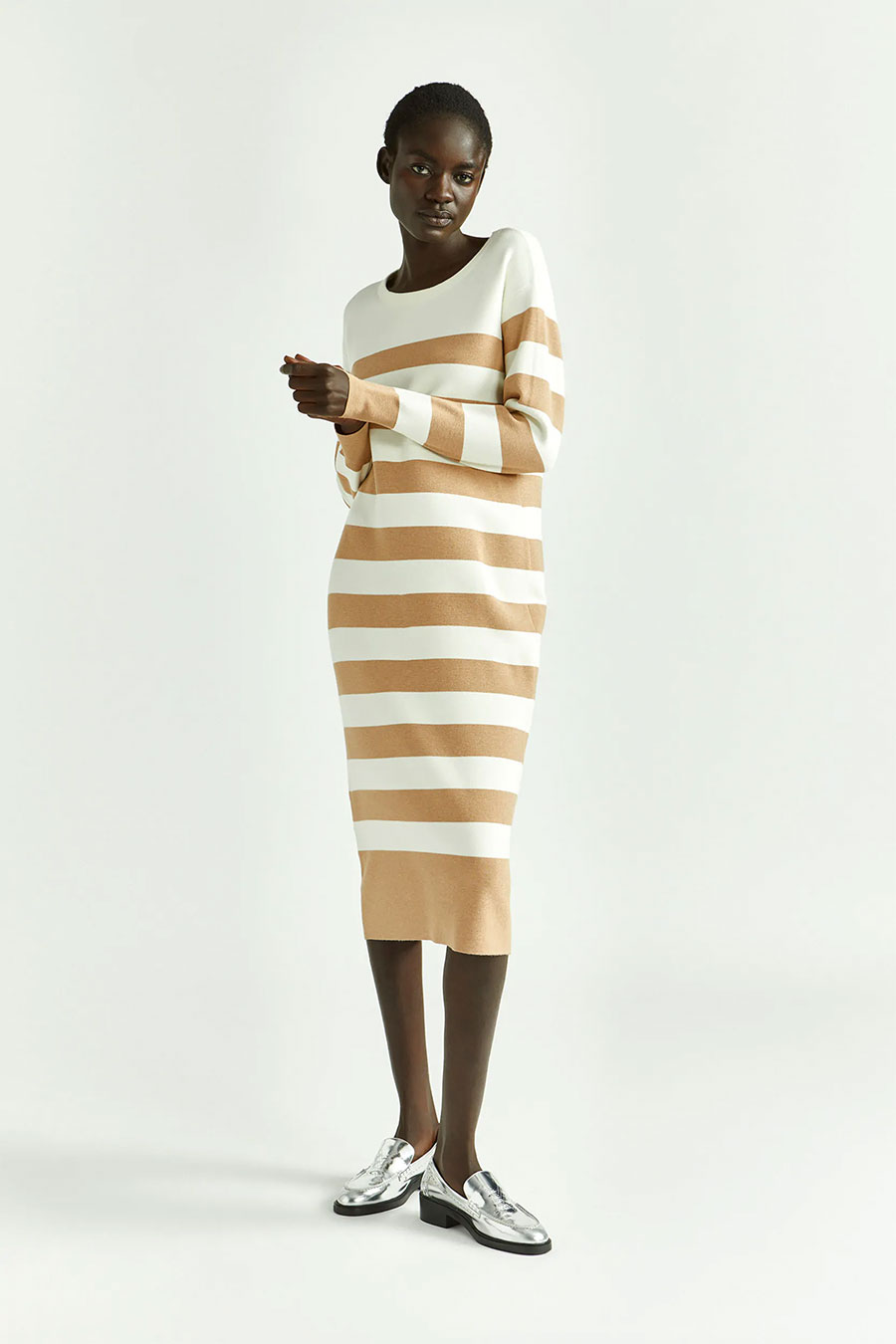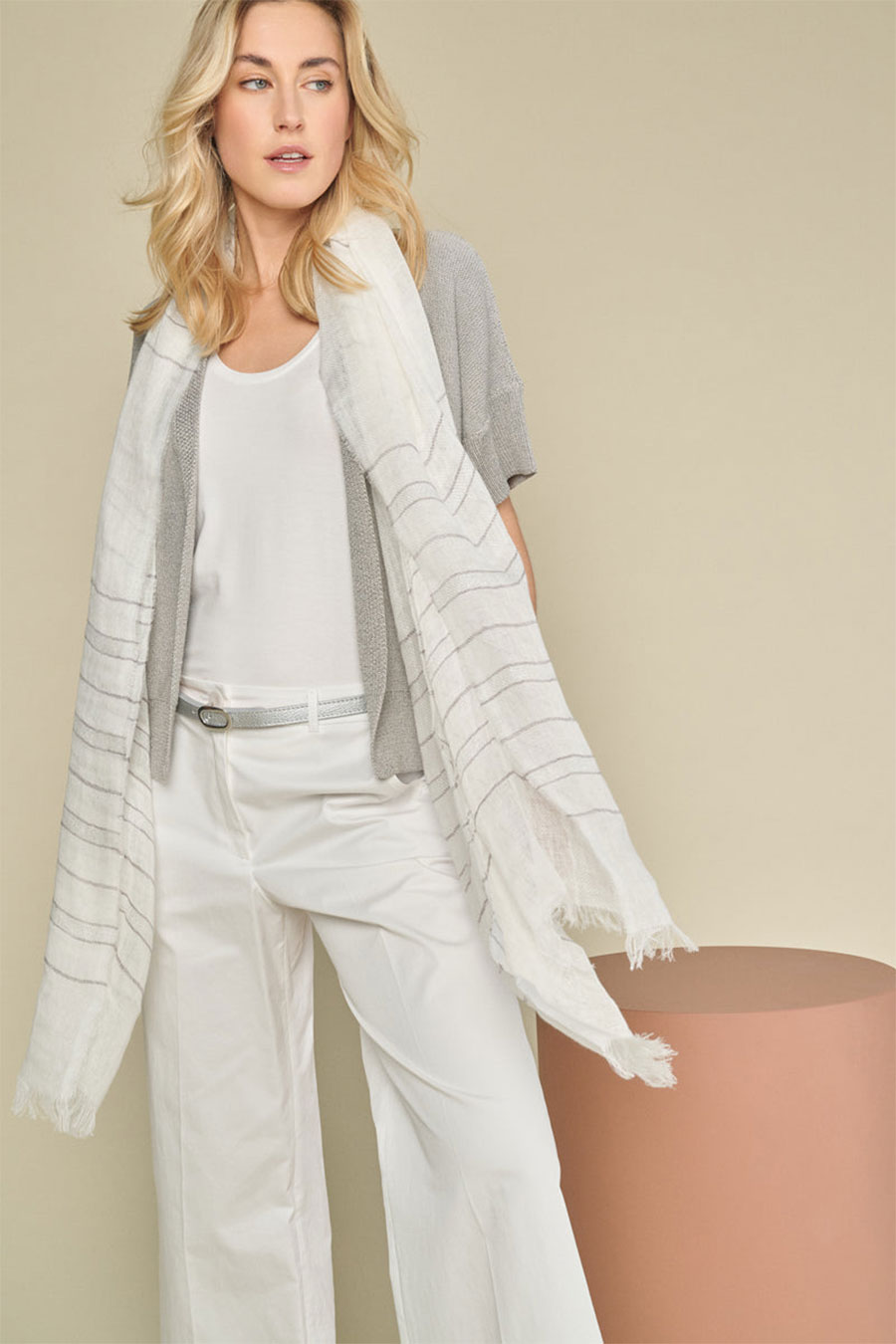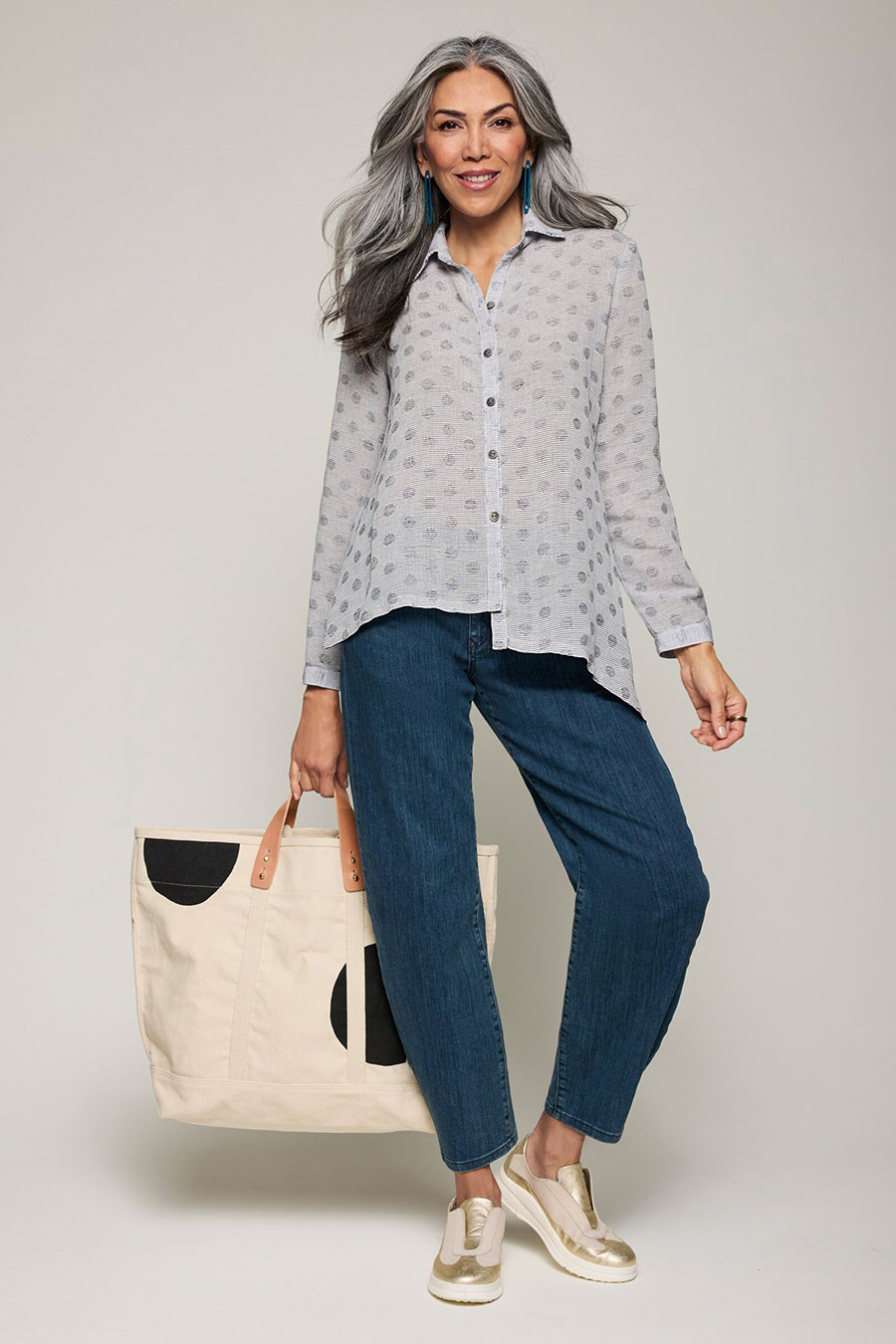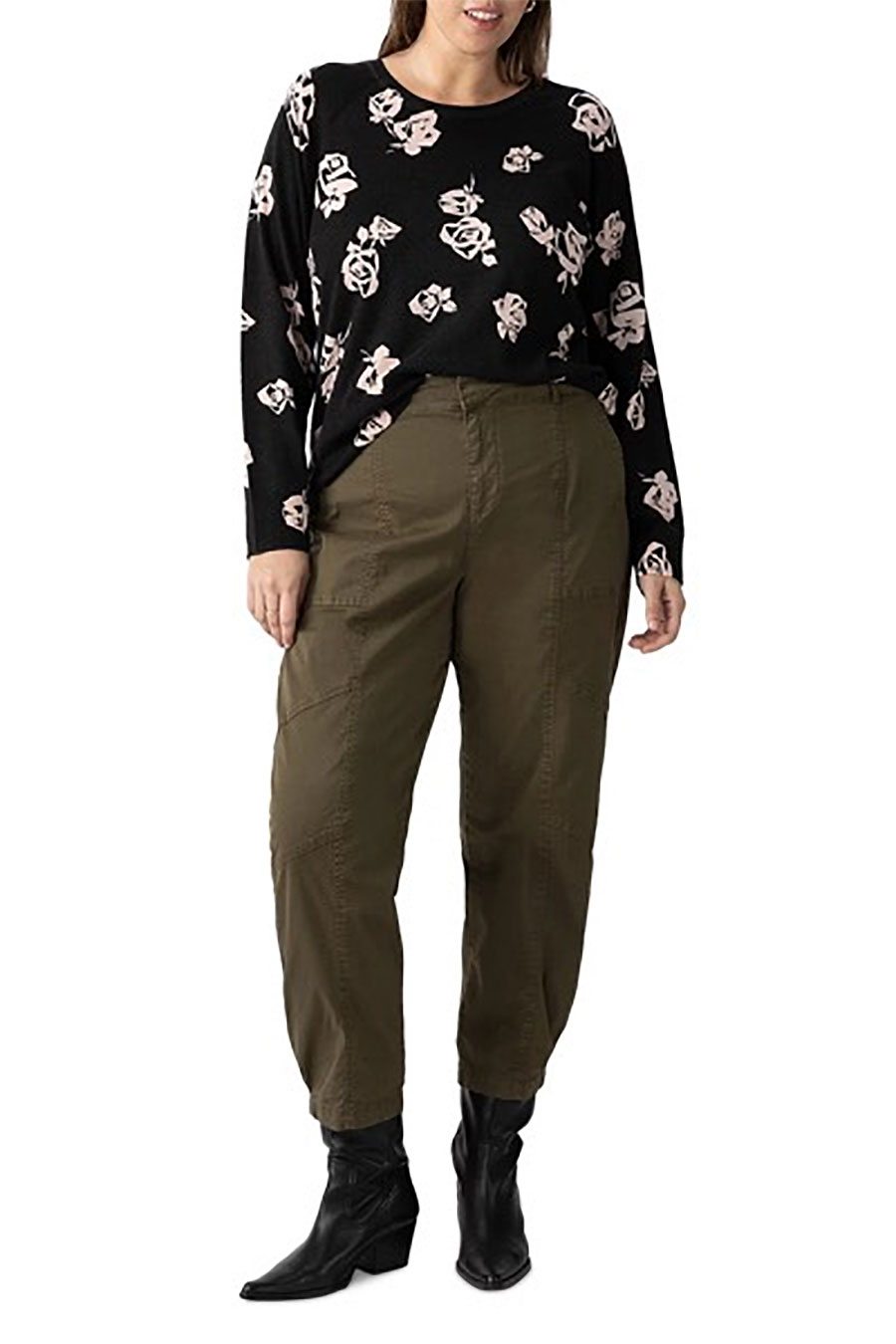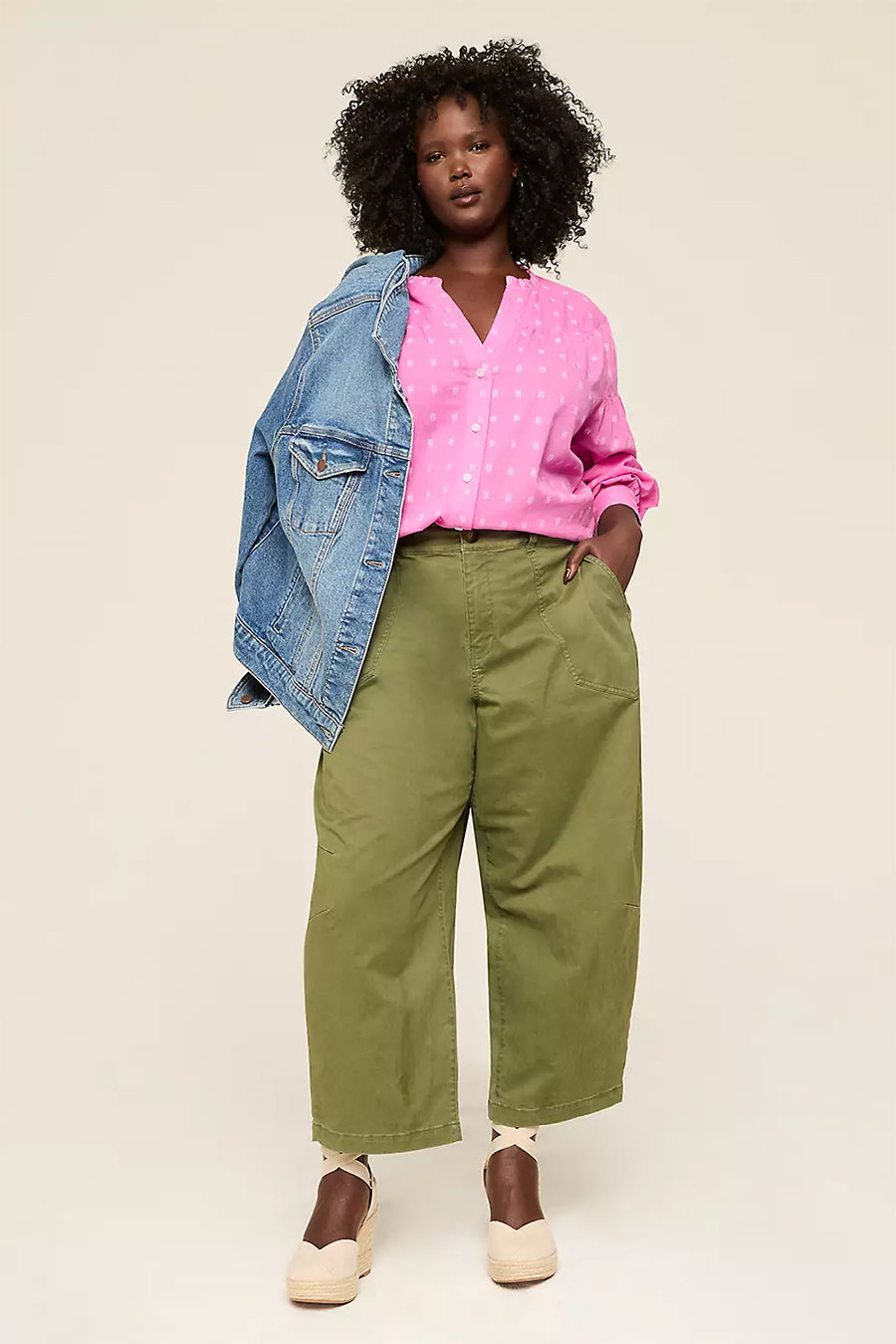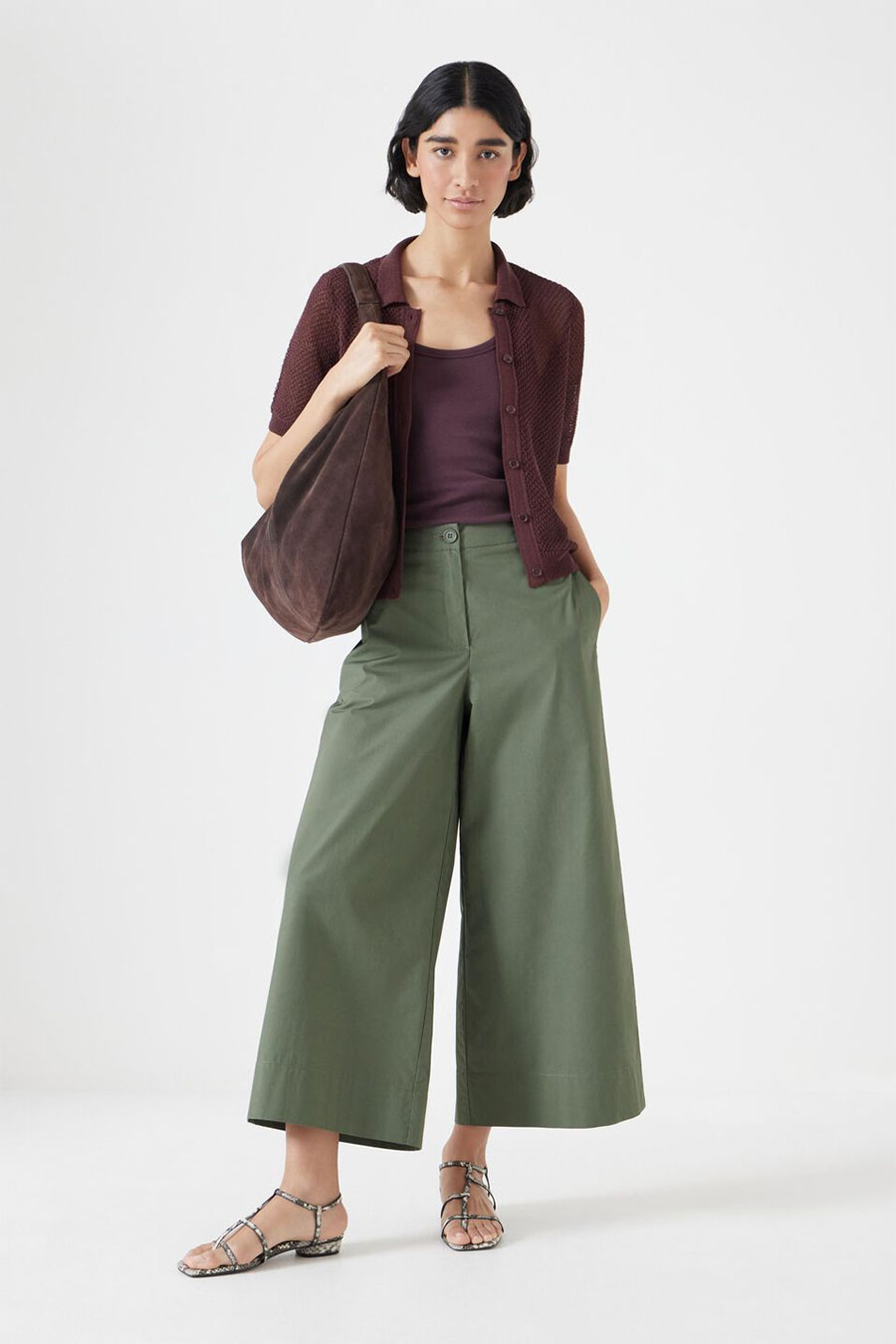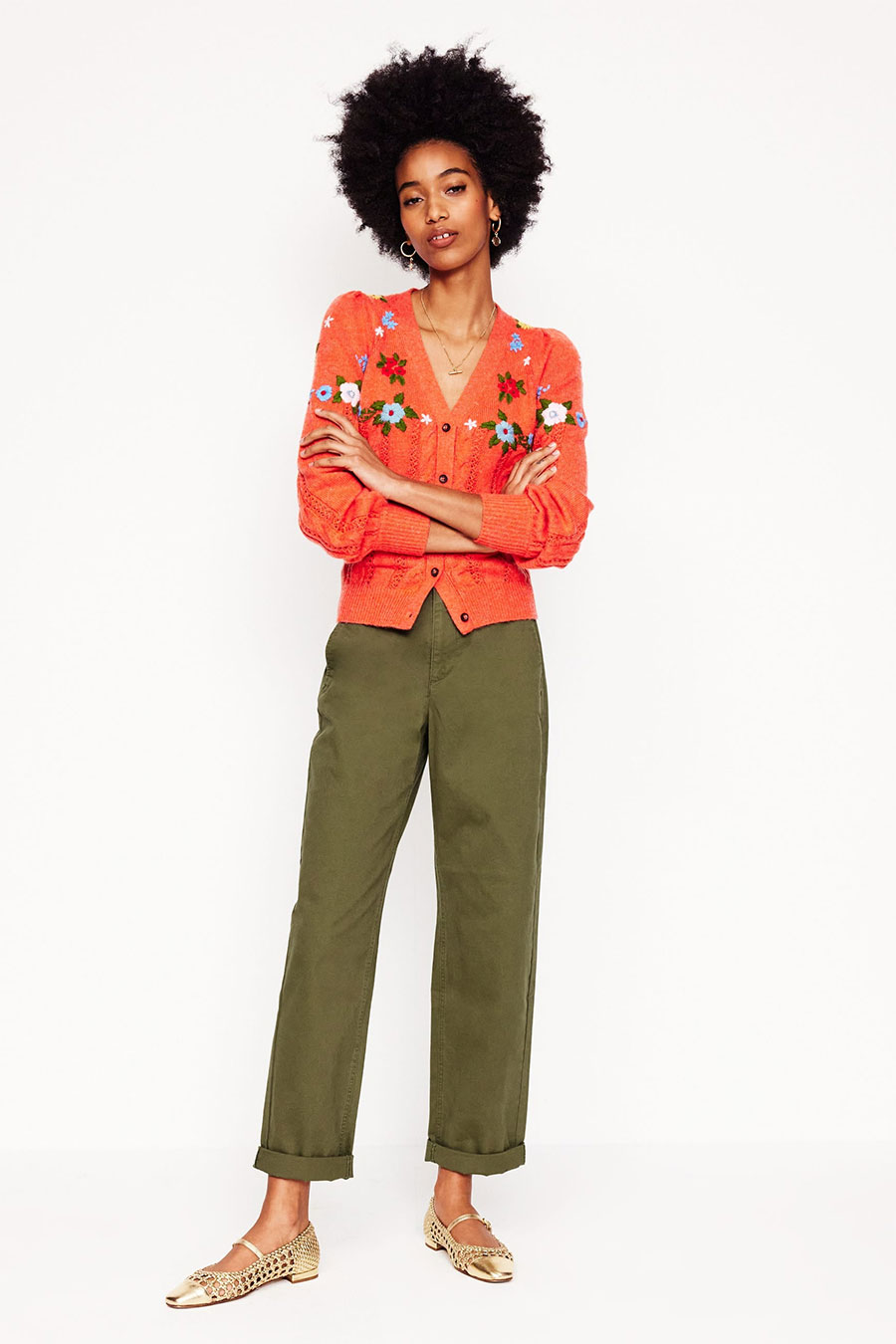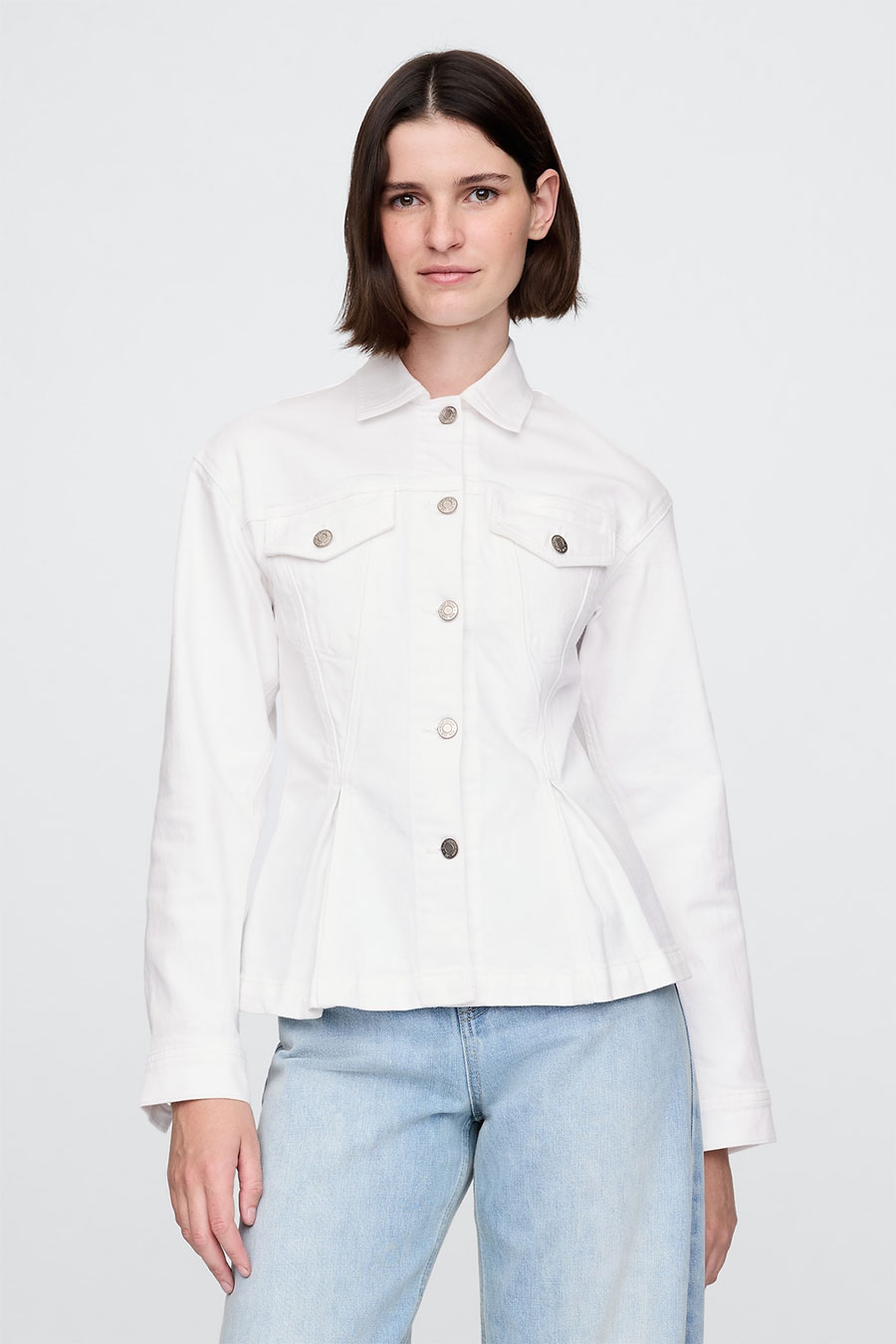A client recently told me that I was an extremely good shopper. I thanked her for the kind compliment, but immediately qualified by saying “I’m a good shopper now, but I wasn’t always a good shopper.” I’ve learned from my mistakes, and continue to learn from them.
At almost 55 I’ve reached the stage where I have a very good idea of the types of colours, silhouettes, fabrics, brands, vibes, and outfit combinations that make me happy and work for my lifestyle. I learned the hard way, and it has taken years to get there.
As a child and teen I needed very few regular clothes because I wore a school uniform during the week, and horse riding gear on the weekend. My need for everyday clothing increased substantially as a university student in the late ‘80s. With a limited budget, I remember buying what I could on sale a few times a year. There was little thought to mixing and matching other than “does this go with my white, green, red, and pink bottoms, or blue jeans?” And then hoping for the best. I had skirt and dress outfits that I wore over and over again. I loved jackets and spent most of my budget on them. Footwear was simple. I wore white hi-top sneakers, brown boots, white slip-on flats, and tan sandals. I had two pairs of low heeled pumps that I wore to dressy events.
I begun my career in fashion in 1992. For the first time I began to think about professional attire, grown-up casual clothes, dressy event clothing, and how it all fitted together to create an affordable look that I liked, felt good in, and worked for my lifestyle. When it came to buying clothes I was in a unique situation. As a retail buyer, I had access to free clothing samples, sample sales, factory shops, and employee discounts from the retailers I worked for. This made a huge financial difference. I was able to put together a good size wardrobe affordably and quickly. I bought Levi’s 501’s, handbags, and footwear full price, but little else.
This perpetual access to wardrobe items at discounted prices meant that I had a lot of clothes across a range of looks, vibes, fits, and colours. I had gorgeous clothes, but not all of it was fab on me. I wore my fair share of ill-fitting clothing, colours that didn’t suit my complexion, patterns I didn’t love, outfits that malfunctioned, and vibes that never felt right. I had many more bottoms than tops, lots of jackets, orphaned skirts, and few dresses. I wore necklines that drowned my shoulder line, pants that were too big at the waist, and sleeves at impractical lengths. I wore lots of black, beige, and grey in the late ‘90s because there wasn’t much else at retail, and they aren’t my best neutrals. I also had too few casual clothes. As much as I loved to shop, my style and wardrobe wasn’t tight, cohesive, disciplined and focussed like it is now.
I also wasn’t good at shopping for footwear. I frequently wore uncomfortable shoes that killed my feet just because I liked the way they looked. I would hope that they would break in, but they didn’t. Shoes were often too short, wide, hard, heavy and high for my low volume feet. I hobbled along for most the day waiting to kick my shoes off at home.
Over the years, I began analyzing the silhouettes, colours, fabrics and outfit combinations that made me feel comfy, good in my skin, and appropriate for the setting and climate. I took mental notes of what I thought looked flattering when I look at an outfit in the mirror. I came up with the right neutral and non-neutral palettes for my style, which evolved organically as needed. I started thinking about top-to-bottom ratios, the power of accessories, and filling wardrobe holes. Most importantly, I began thinking of my wardrobe in terms of capsules so that items relate to each other, cohesive outfits could be created, and every aspect of my dressing life was covered.
Through trial and error, plenty of shopping mistakes, and a lot of soul searching, I’ve become a better shopper. Since I’m in the fashion industry and love to shop, I am trend-sensitive in my outfit choices. Conversely, it is precisely because I’m a fashion and style professional that I block out a lot of outside influence and do my own thing.
I gave a lot of thought to the optimal size of my wardrobe, which is not small and minimal. I enjoy a medium sized wardrobe with lots of options, colours, and handbags, but fewer shoes. I like to refresh seasonally, edit fairly frequently, stick to signature looks, and throw in the newness when I feel like a change.
These days I know what I’m looking for when I shop and seldom make a mistake. That said, footwear is an ongoing crapshoot because I have fussy feet and do a lot of walking. I can take every “good shopping precaution” beforehand, only to find out that after several road tests that the shoes don’t work and I can’t return them. It’s something that can’t be helped, and I’ve accepted it.
